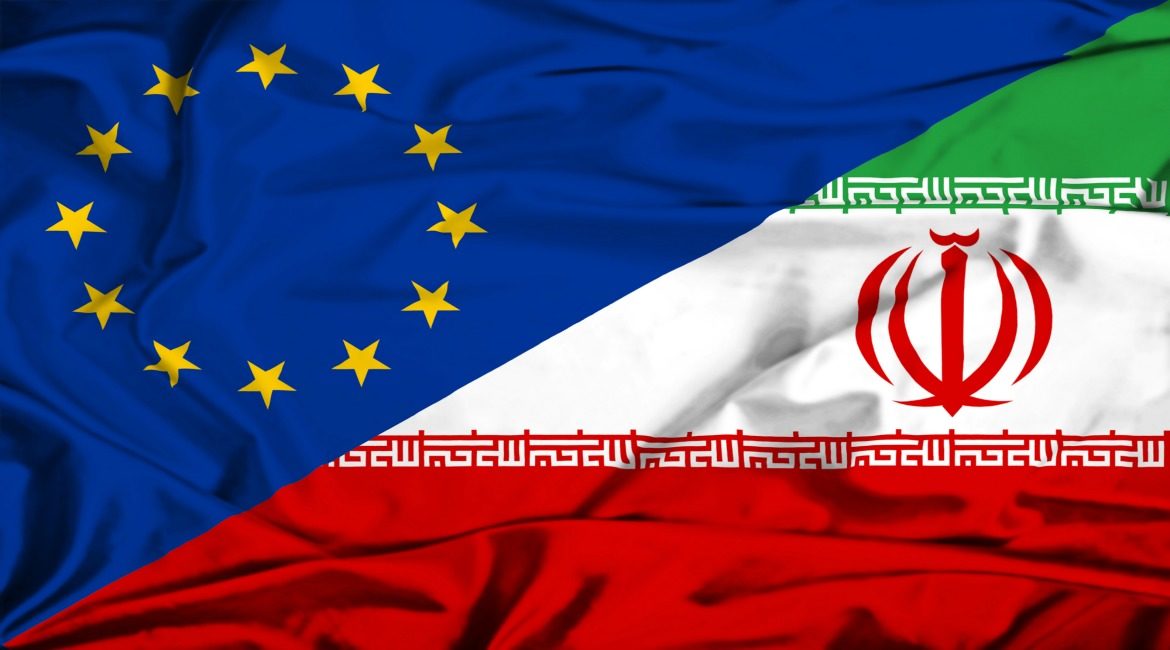Since the signing and implementation of the Joint Comprehensive Plan of Action, European businesses have shown great interest in reentering Iran. Trade between Iran and the EU has already picked up considerably.
Last year, European exports to Iran amounted to €8.3 billion ($8.9 billion), approximately 28% higher than the year before.
European imports grew by some 345%, amounting to €5.5 billion ($5.8 billion)—mostly driven by oil shipments from Iran.
But despite the uptick in trade, economic relations between Iran and the EU are still below pre-sanctions levels. In 2011, before the imposition of stringent nuclear-related sanctions, including the previous EU oil embargo, EU exports to Iran amounted to more than €10 billion ($10.7 billion), while imports were as high as almost €18 billion ($19.2 billion), reads an Al-Monitor article. Excerpts follow:
Europeans eager to return to Iran are facing two main obstacles. For one, huge challenges remain within Iran, including a poor regulatory environment and standards able to support international trade, insufficient managerial skills in many local companies, widespread corruption and questions concerning the rule of law.
Uncertainty About US Policy
European officials and business leaders also appear particularly worried by uncertainty regarding the future course of US policy. To decision-makers in Europe, the question of paramount concern is whether the administration of US President Donald Trump may go after European firms engaged in the Iranian economy.
Before the signing of the nuclear deal in 2015, the administration of US ex-president Barack Obama had applied sanctions against non-US individuals and entities commercially engaged with Iran. These secondary sanctions resulted in heavy fines for a series of banks and businesses from Europe. The US Department of Justice forced European banks to pay penalties exceeding $15 billion for violating secondary sanctions.
In light of these losses, many European firms are weighing their options before investing on a larger scale in the Iranian economy and thereby committing to dealing with the country for a longer period.
Since his inauguration in January, Trump has not repeated his campaign rhetoric that his “number-one priority is to dismantle the disastrous deal with Iran”. But uncertainty over US policy toward Iran remains, especially as Washington has in the past few weeks and months already taken several steps against Tehran.
In January, Rex Tillerson, then a nominee for secretary of state, announced his intention to conduct a “full review” of the nuclear deal during his Senate confirmation hearing.
In February, Iran was put “on notice” by then-National Security Adviser Michael Flynn, who later resigned, while the White House introduced new sanctions in response to an Iranian missile test.
Moreover, ahead of this year’s annual American Israel Public Affairs Committee meeting, held on March 26-28, several US lawmakers announced further sanctions legislation targeting Iran.
These measures remain largely symbolic. The “full review” of the nuclear deal and putting Iran “on notice” have no legal consequences.
For the time being, it does not appear that the United States intends to unilaterally cease to comply with the nuclear deal. Thus, it can be reasonably assumed that the United States is unlikely to apply secondary sanctions on European firms and other businesses that wish to engage in economic exchanges with Iran greenlighted by the JCPOA. These removed restrictions include several banking, insurance, energy and other sanctions, which were waived and/or terminated with the implementation of the JCPOA.
First Litmus Test
The first litmus test in this regard will be the extension of sanctions waivers by the Trump administration in May, a key US obligation under the JCPOA.
However, beyond the likely extension of these waivers, future US policy toward Iran remains unclear. From a strategic point of view, both a unilateral US abrogation of JCPOA and a reimposition of previous non-nuclear sanctions carry potentially significant political costs. Considering their commitment to the nuclear deal as well as their own commercial interests, major US allies, including JCPOA signatories such as France and Germany, would certainly not see such measures positively, as long as Iran abides by the nuclear deal.
But in light of the Trump administration’s warmer relations with Israel and Saudi Arabia, a tougher stance by Washington can be expected. As a consequence, while the Trump administration appears interested in continuing to implement JCPOA, the overall momentum of Iran-US relations has already shifted toward the more confrontational.
This leaves European officials and business leaders in a difficult position. Politically, European leaders have strongly advocated the JCPOA, with EU High Representative for Foreign Affairs and Security Policy Federica Mogherini stressing that there “should be no doubt that the EU stands firmly by the deal”.
With the change in Washington, Tehran has also begun to more greatly appreciate the importance of EU in preserving JCPOA. However, it should not be forgotten that Europe’s means to enforce the nuclear deal should relations between Tehran and Washington deteriorate further are rather limited.
As such, economic exchanges between Iran and the EU can be characterized as having entered a wait-and-see mode. At the minimum, European business leaders will want to be certain about the ongoing US commitment to the JCPOA.
As the Trump administration’s approach to Iran is only beginning to take shape, both in terms of staffing and policy, the wait-and-see stage will likely prevail at least until May, if not longer.


